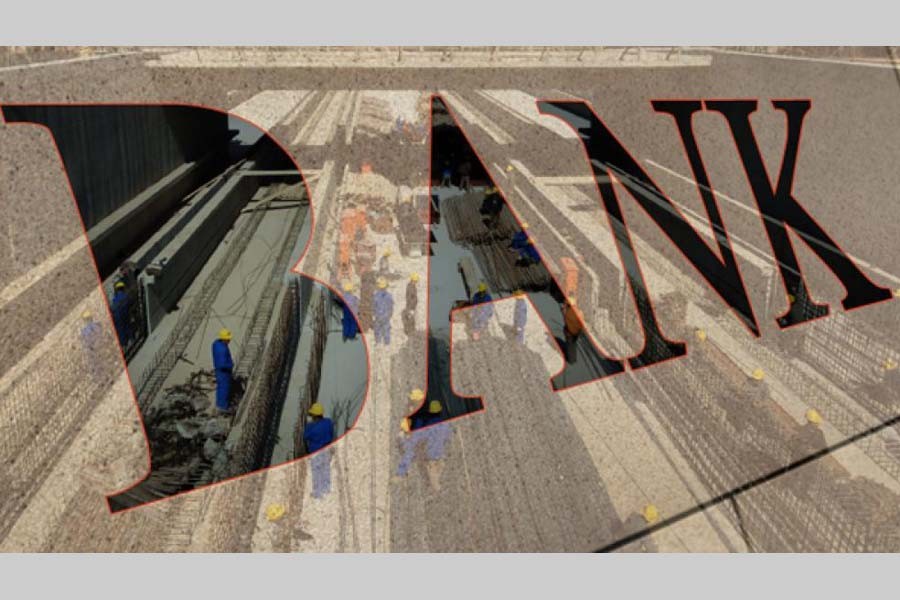The private sector credit growth in the month of February last was 12.54 per cent, one of the lowest in recent times. It was 13.20 per cent in the previous month. The central bank has set 16.50 per cent private sector credit growth target for the second half (H2) of the current fiscal year.
The slow growth of credit does denote the fact that the private investment has slowed down. This development does not bode well for the economy when investment-GDP (gross domestic product) ratio has remained somewhat stagnant in recent years.
Why is not deposit from the private sector growing up to the desired level? Bankers say current rates of interest offered by banks are failing to attract the individual depositors in particular. The latter have before them an attractive alternative--- the government Sanchayapatrs (savings tools) that offer interest rate between 11 and 12 per cent).
Moreover, some banks reportedly are exercising caution in sanctioning new loans with a view to maintaining the advance-deposit ratio (ADR). These banks would have faced greater difficulty had the central bank stuck to the implementation of the revised ADR rules according to the original schedule, June 30, 2018. The Bangladesh Bank has extended the deadline thrice since then and banks will have to comply with it by September 30, 2019.
In such a situation, banks with a view to attracting deposits have been compelled to raise their interest rates. With such hike in rates, many banks might find it hard to lend at single digit interest rates.
Amidst all these developments, the Prime Minister the other day expressed her displeasure over the banks' failure to lend at single digit interest rates in line with their commitment. The government had cut the corporate tax rate as the Bangladesh Association of Bank (BAB) promised to lower their lending rates to single digit to facilitate investment in the country.
So, banks are in the midst of a double whammy. Their deposit growth, on the one hand, has declined notably because of lower interest rates and they are under pressure to lend at single-digit rates, on the other. More importantly, banks' capacity to manoeuvre is now greatly reduced because of their ever-increasing load of non-performing loans.
The decline in private sector credit growth does not augur well for investment and job creation. The relevant authorities should look into real causes of the decline in private sector credit growth. There must be some other underlying causes for the reduced credit flow to the private sector. Once detected, the government will have to address those issues befittingly and in a timely manner.


